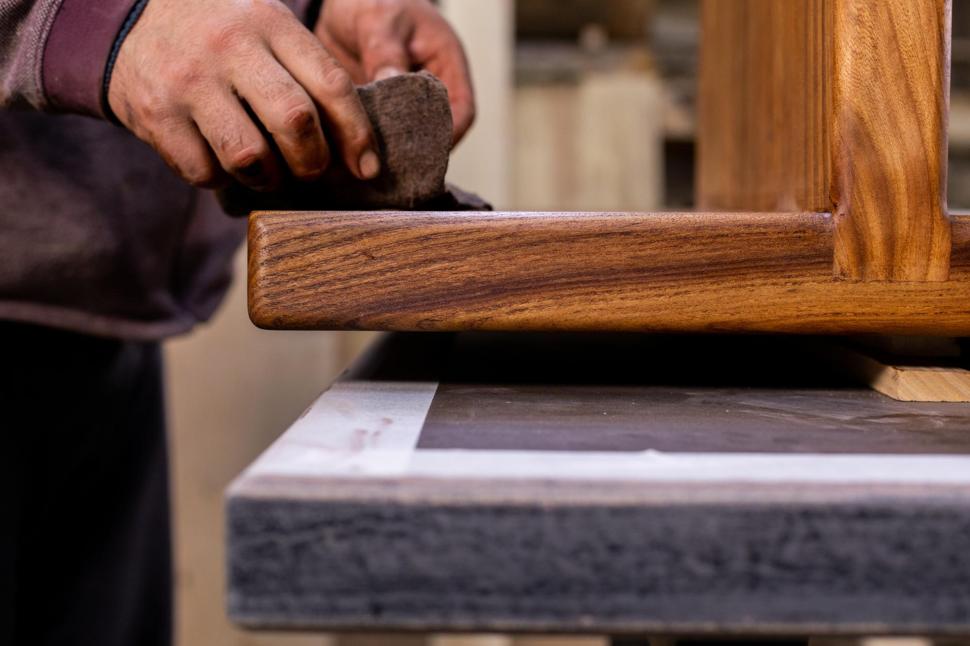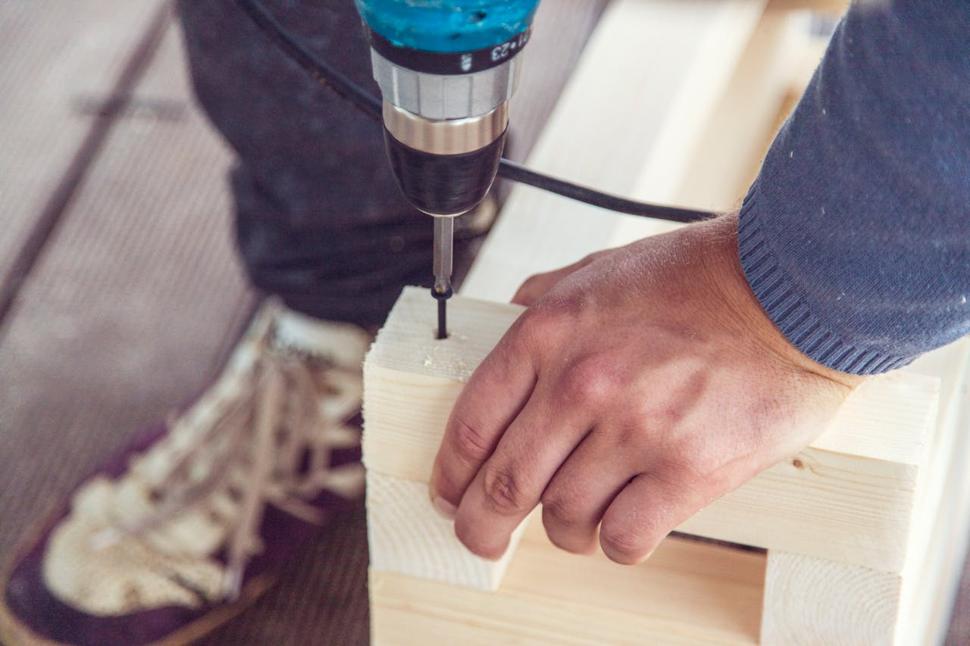Choosing high-quality wood furniture is more than just a purchase—it's an investment in both aesthetics and longevity. Unlike mass-produced options, handcrafted wood pieces offer unmatched craftsmanship, durability, and timeless appeal. Whether you're furnishing your home, office, or any space, knowing how to identify quality wood furniture can help you make smarter choices that last for years—or even generations. In this guide, we’ll explore the key factors that define quality wood furniture. From the type of wood used to construction techniques, finishing, and overall durability, you'll gain the insight needed to spot the real deal. Let’s dive into what makes some wood furniture truly exceptional. Hardwoods come from deciduous trees like oak, maple, and cherry. These woods are dense, strong, and long-lasting, making them ideal for premium furniture. Their natural grain patterns add character and visual interest, and they tend to hold up well over time. Softwoods, such as pine and cedar, are lighter and less dense but still offer great value when crafted properly. They are often used in rustic or traditional designs and can be very durable if finished and maintained well. While not as hard as hardwoods, quality softwood furniture can still be a smart choice for many spaces. Solid wood furniture is made entirely from natural wood, offering unmatched strength and a unique, organic look. Each piece has its own grain pattern, which gives it personality and character. This type of furniture is built to last and often increases in value over time. Engineered wood, on the other hand, is made by combining wood fibers, veneers, or particles with adhesives. It’s more affordable and less prone to warping, but it lacks the authenticity and longevity of solid wood. While it can be a good option for certain applications, it doesn’t match the quality of true solid wood pieces. The way furniture is put together speaks volumes about its quality. Traditional joinery methods like dovetail, mortise and tenon, and dowel joints are signs of skilled craftsmanship. These techniques not only enhance strength but also show attention to detail. Quality furniture shows care in every detail. Look for smooth edges, even finishes, and hidden hardware. These small touches indicate a higher level of craftsmanship and thoughtfulness in the design. The finish on a piece of furniture not only affects its look but also its protection and maintenance. Here are some common types: A quality finish should feel smooth, look even, and have no blemishes. Run your hand over the surface—any roughness or unevenness could signal poor craftsmanship. Also, check for consistency in color and grain, and ensure there are no chips, cracks, or dents. Handcrafted pieces often receive extra care during the finishing process, resulting in a more refined and beautiful final product. The right finish not only enhances the wood’s natural beauty but also helps protect it against daily wear and tear. High-quality wood furniture, especially solid wood, tends to be heavier due to the density of the material. This weight is a sign of robust construction and long-term durability. If a piece feels light or hollow, it may be made from lower-quality materials. Test the stability by placing it on a flat surface and giving it a gentle shake. A well-made piece should remain steady and firm. This is especially important for tables, chairs, and shelves that need to support weight and stay balanced over time. The hardware on a piece of furniture plays a big role in its function and longevity. Quality pieces use durable materials like stainless steel, brass, or heavy-duty alloys. Check the hinges, drawer slides, and handles—they should move smoothly and feel sturdy. Well-designed hardware not only improves usability but also adds to the overall aesthetic. It's one of those small details that can make a big difference in the quality and enjoyment of your furniture. By considering the weight, stability, and quality of hardware, you can better assess the durability and functionality of a piece. Combining this with other factors like wood type, construction, and finish will help you make informed decisions and invest in furniture that lasts for years to come. Medical Dressing,Absorbent Cotton Roll,Cotton Roll,Sterile Gauze Swabs COTTONWHISPER (TAIZHOU) DAILY PRODUCTS CO.,LTD , https://www.cottonwhipershop.comHow to Recognize High-Quality Wood Furniture

Understanding the Types of Wood
Hardwoods vs. Softwoods
Solid Wood vs. Engineered Wood
Construction and Craftsmanship
Joinery Techniques

Attention to Detail
Finish and Appearance
Types of Finishes
Checking the Surface
Durability and Functionality
Weight and Stability
Hardware and Fittings
How to Identify Quality Wood Furniture
August 9th, 2024 Blog